Long whiskers are one of the most distinctive characteristics found in cats. Aside from the aesthetic aspects, they also have other functions.
However, some cats have whiskers that are too long. You may feel worried when your pets experience the same thing.
Why are my cat’s whiskers so long? You may wonder about that. Fortunately, it won’t cause any trouble. Let’s check this guide, and you can find the answer!
Why Are My Cat’s Whiskers So Long?
Long whiskers can help the cat judge the area, stay alert to potential risks, and move in the dark. The longer the whiskers, the better your pet can react to its surroundings.
Cat whiskers, or vibrissae, are thick, stiff, and long hairs on a cat’s face. No matter how similar they are, whiskers don’t work like ordinary hairs. Instead, they have deep roots and serve as sensitive sensory organs.
Cats can sense their surroundings, move in the dark, and judge distances with the assistance of their whiskers. They help cats detect obstacles and prey.
Now, we will discuss the benefits of long whiskers in detail. Please scroll down to check them out.
Judging the area
The primary role of whiskers is to help cats determine if they can fit into a tight space, such as a closer, cardboard box, or drawer.
First, cats will push their whiskers into the intended space while edging their face forward. The box may be too small if the whiskers push against the faces.
On the other hand, if the whiskers stay neutral, there will be enough for them. Hence, the cats can climb into the box easily.
However, this method doesn’t work for overweight cats because their body length is longer than their whiskers. As a result, they have to test the space with their bodies.
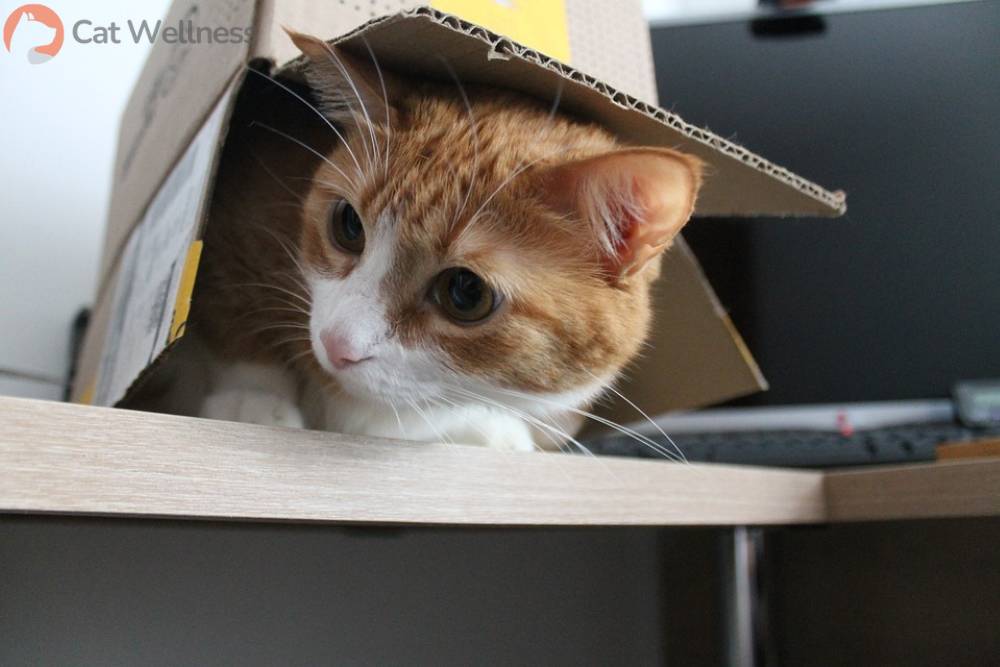
Related Post: New Cat Owner Anxiety: How To Deal With It?
Seeing in darkness
Compared to humans, cats have superior night vision. However, even the strongest cat can’t see in absolute darkness.
We need light to walk at night because light can enter our eyes and reflect to generate vision. So how can we deal with the dark?
Often, we use our hands to feel the surroundings. And in the case of cats, their whiskers will help them do this.
Long, forward-facing whiskers stick out from a cat’s face. Then, his brain receives a signal as soon as the whiskers touch something. That’s how cats can move smoothly at night.
The effectiveness of a cat’s nighttime activities will increase with the length of his whiskers. So they can detect things without having to identify their colors.
Warning of danger
The whiskers work as a cat’s radar system. Specifically, they react to sudden changes in the air and the surroundings when something or somebody is coming.
Once the whiskers react, other senses of the cat will start to work. For example, he tries to listen and smell the air intently until he can detect what’s happening.
Moreover, whiskers are not only on a cat’s cheeks. You can find some above his eyes, on his wrists, and under his chin. They collaborate to inform your cat about the environment.
Measuring jumping distances
Because of their exceptional sensitivity, cat whiskers can sense even tiny changes in the air. Hence, cats use them to measure the distance and position of items in their route before jumping.
When prepared to jump, a cat sets his head forward and stretches his front legs. Then, the whiskers can brush against nearby objects, helping your furry buddy to determine the shape, size, and distance of the object.
Whiskers, as a result, are helpful. Cats can use them to adjust their trajectory. Finally, they will land safely without bumping into any obstacles.

Hunting
Even when the prey stays out of sight, a cat can use his whiskers to sense the movements. They also help determine the size or location of the prey. All those hints are essential for a successful hunt.
Here is a summary of how whiskers help a cat hunt prey:
- First, the cat stalks his prey with his head low. This posture allows whiskers to stretch from side to side.
- After examining, the whiskers will send data about the contours and texture of the terrain the cat is stalking through.
- Once the cat can locate his prey, he will move his head from side to side again. Meanwhile, the whiskers point forward to monitor the movement of the prey.
- The cat uses information from his whiskers to track the prey’s position and predict its path.
- As the cat approaches the prey, he will start to extend his front legs while placing his head forward.
- Then, the whiskers will brush against his prey to help the cat judge its distance and size.
- Before attacking the prey, the cat will retract his whiskers, so they don’t get hurt during the fight.
- Now, it’s time for your cat to grab the prey.
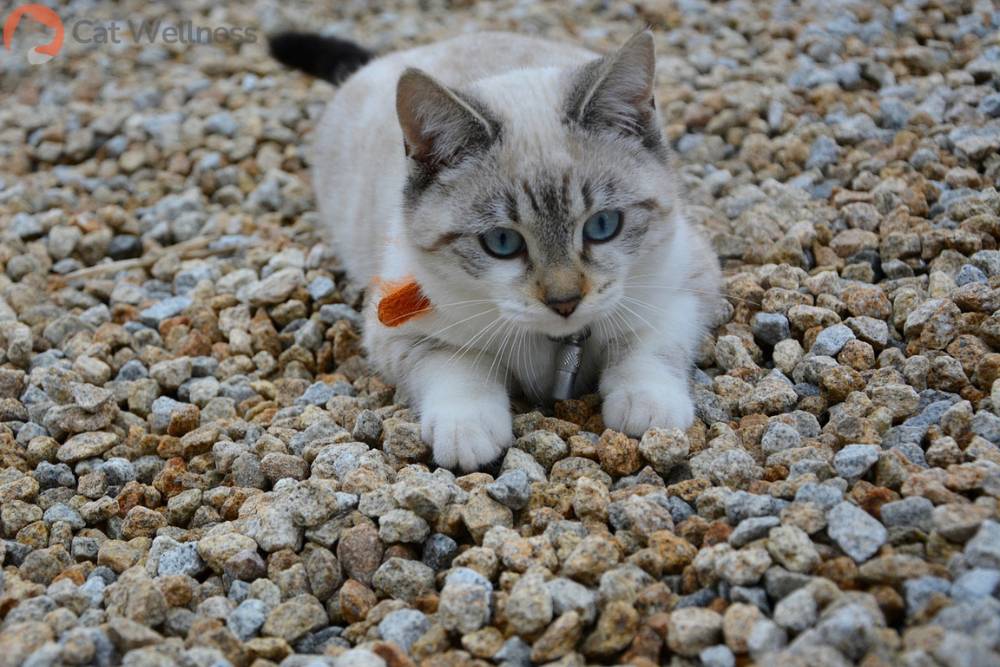
Related Post: Why Does My Cat Eat His Fur? 7 Causes & Practical Solutions
Body language
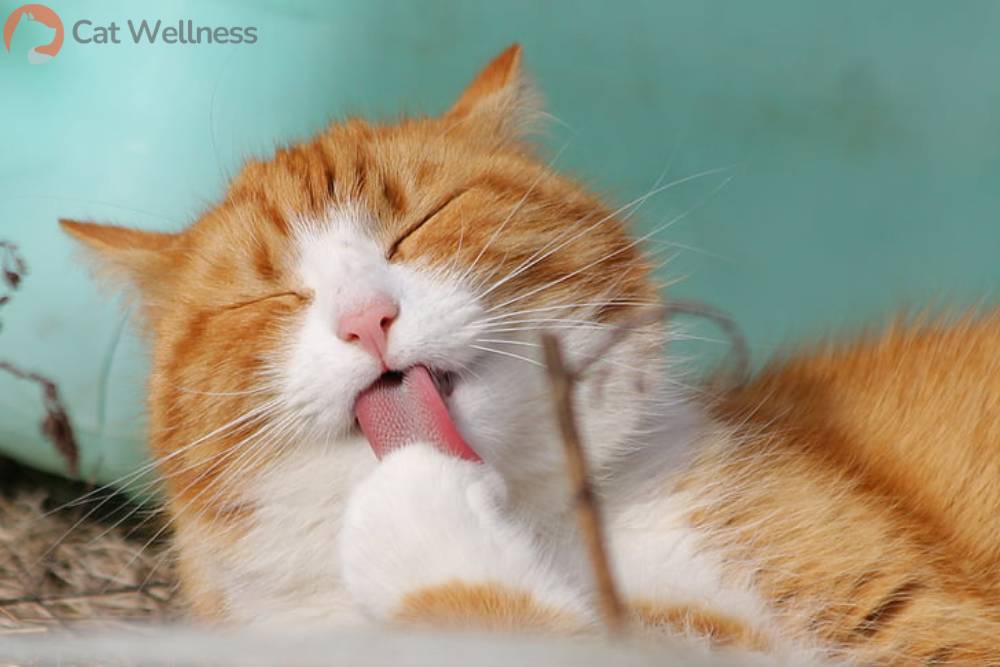
Aside from the sensory functions, whiskers can also help cats to communicate with other cats. They use the same method to interact with animals and humans, too.
Cats can’t talk. However, you will understand their languages by keeping an eye on their whiskers.
For example:
- If your pet is alert, his whiskers will point forward and a little bit upward.
- If he feels relaxed, his whiskers will remain in a neutral position.
- When your little buddy feels aggressive or fearful, you will notice his whiskers flattened against his face.
- If your pet wants to play, he will let the whiskers fanned out to the sides.
- If he is curious, he will extend his whiskers forward and tilt his head a little. It means that your pet is trying to collect information about his surroundings.
Aside from the whiskers, cats also use other methods to communicate. Please check this video to discover:
What Happens If You Cut a Cat’s Whiskers?
Whiskers have many functions. Hence, if you cut them, your cat will experience several negative effects. Here are the most common cases:
Difficulty hunting
As we just explained, a cat needs its whiskers to hunt. Cats could find it challenging to detect their prey and determine distances without the whiskers. As a result, their hunts will be unsuccessful.
Discomfort
There are nerve endings in whiskers. So when you cut them, your cat will feel comfortable and even painful.
The discomfort will cause stress and anxiety in cats. You will soon notice changes in their behaviors. Unfortunately, none of them is a good sign.
Impaired spatial awareness
Cats can move through tiny places and estimate distances when jumping, thanks to their acute spatial awareness.
On the other hand, cats without whiskers may have trouble navigating safely. They will end up running into objects and hurting themselves.
Communication problems
Cats interact with people and other cats with their whiskers. So how can they do this without the whiskers? You won’t be a good owner anymore when you can’t understand what they mean.
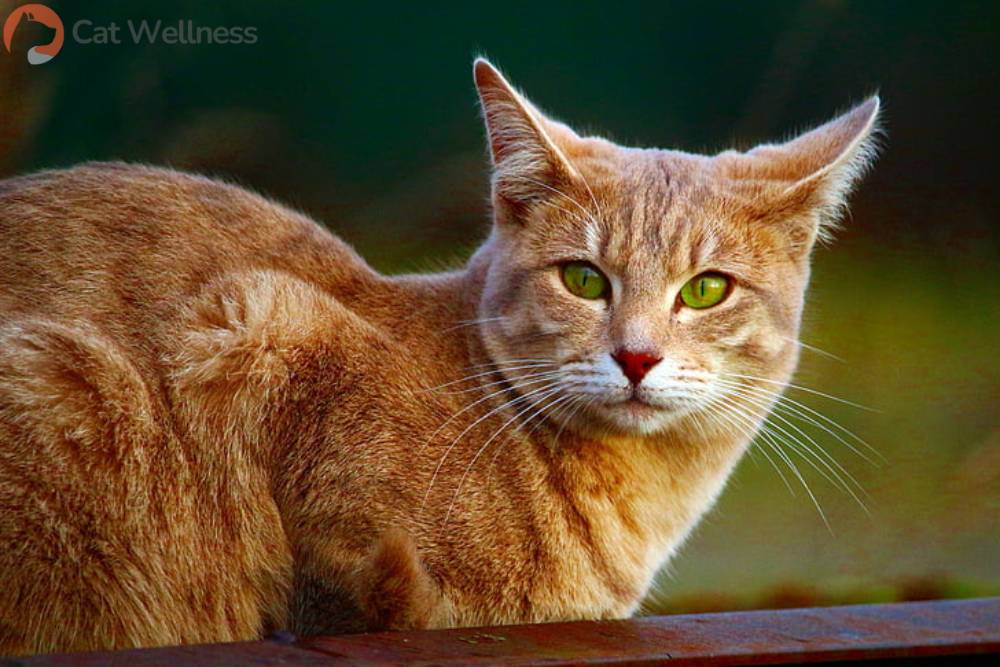
Related Post: Cat Sitting Positions Meaning: How To Decode Them?
Conclusion
Long whiskers are powerful tools to help cats detect their surroundings. These sensory organs, therefore, will assist your pet in judging the area, hunting for food, jumping safely, and walking in the dark.
Furthermore, cats use their whiskers to communicate. You can observe the movement of the whiskers to guess what your pet is trying to say. Hence, you will treat him better.

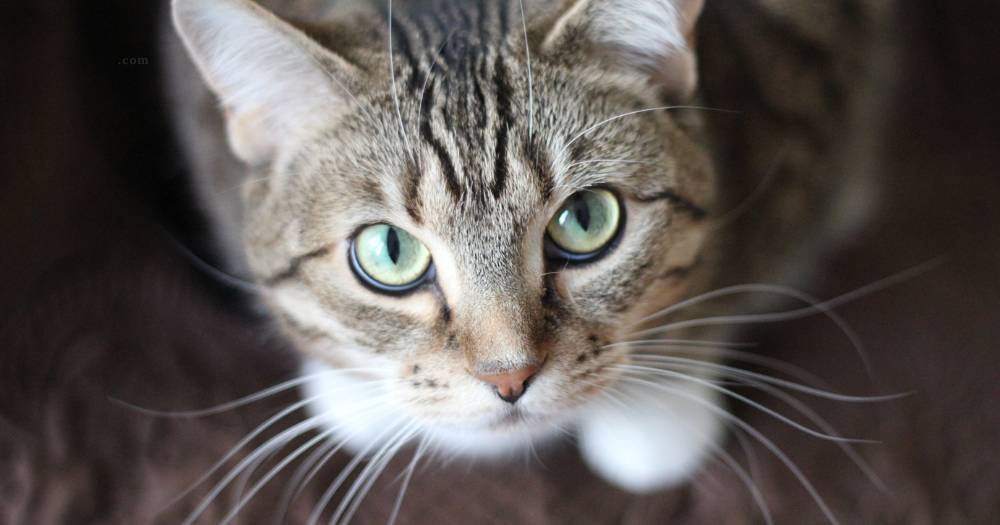











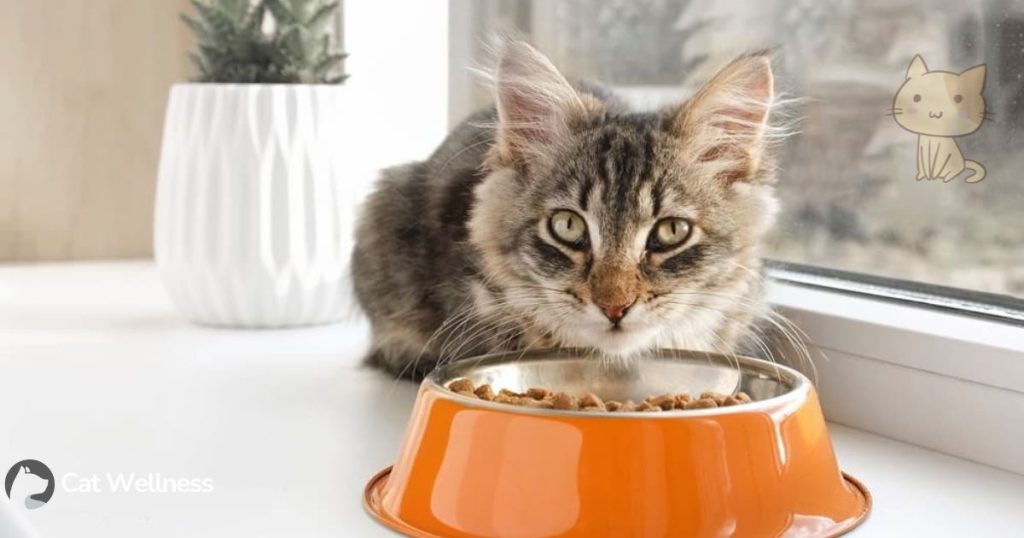



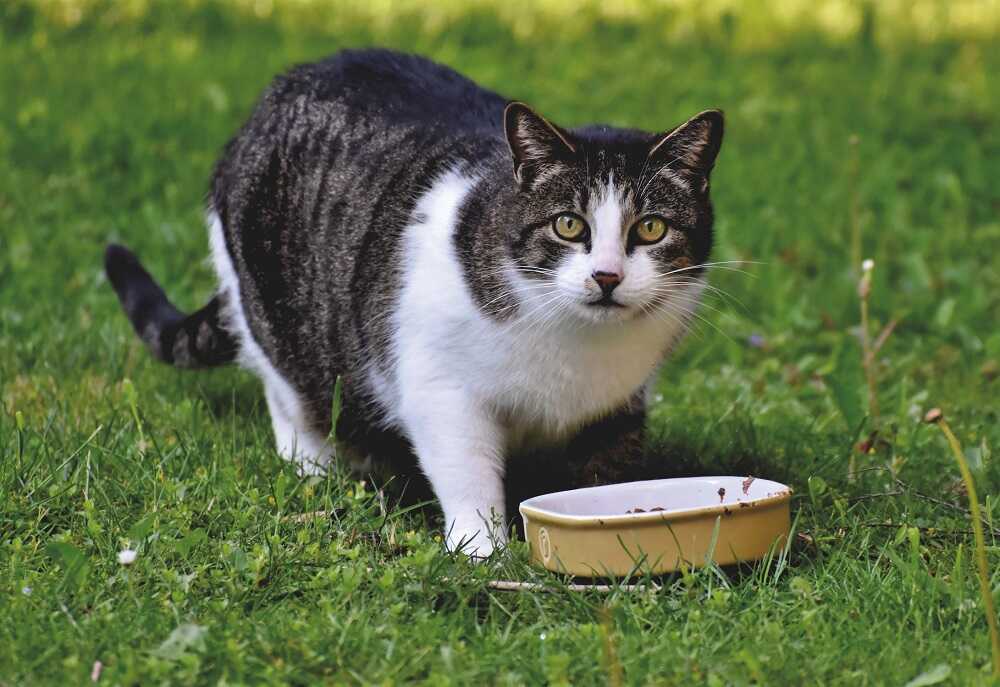
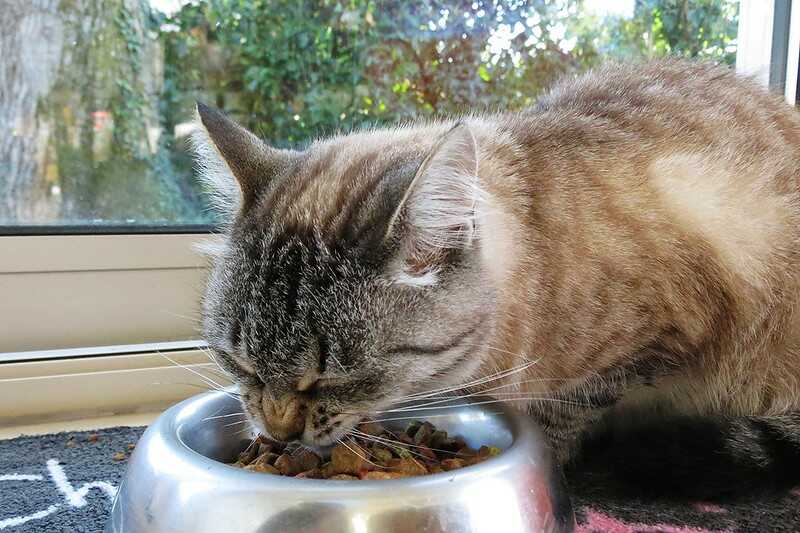
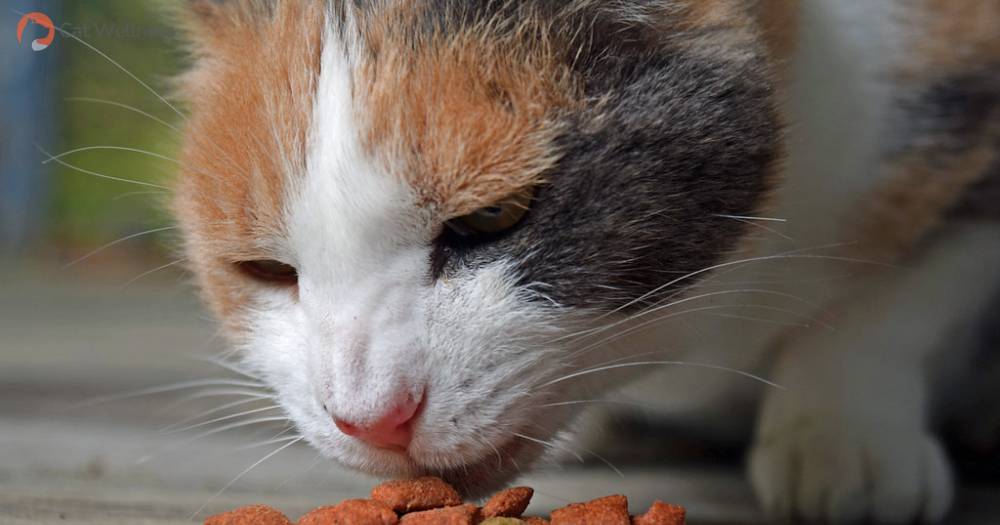
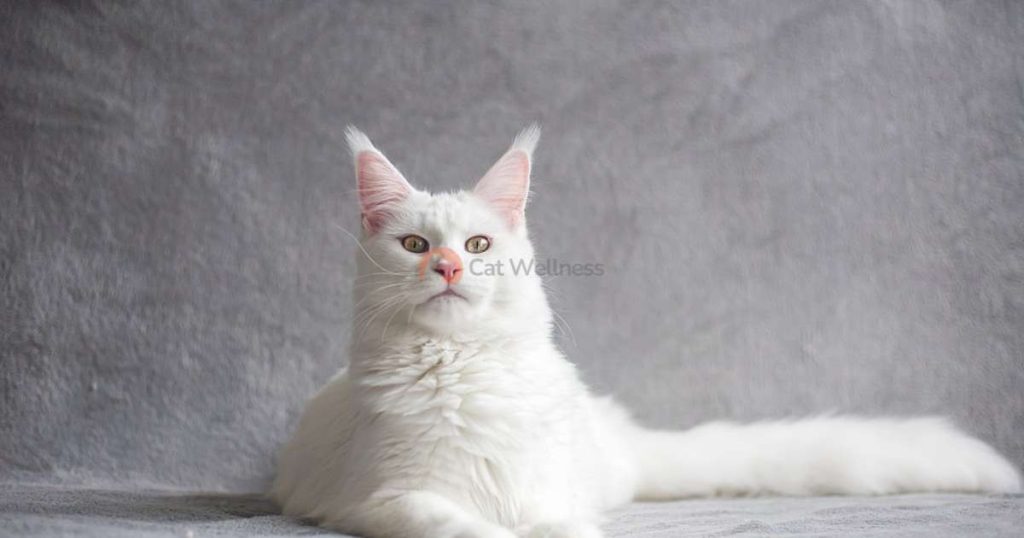







I consider, that you commit an error. I can prove it. Write to me in PM.